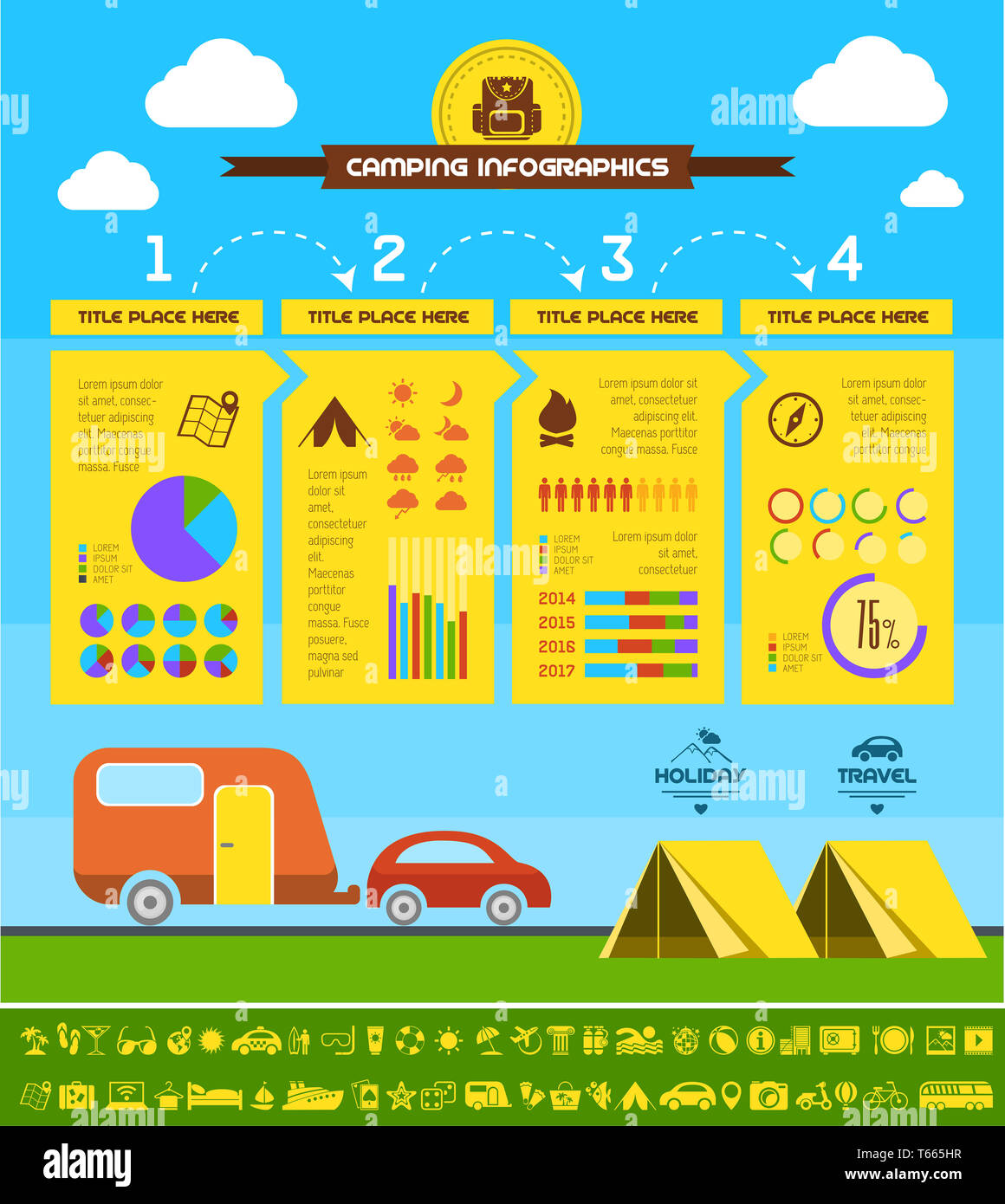Stove jacks are essential to secure camping tent stove usage, keeping cold air, rain, snow, pests and even flammable combustible materials out of the camping tent. But, they're not without their pitfalls. Keep reading to learn more about typical errors campers make when fitting their cooktop jacks, and just how you can prevent them at your camping area.
Product Compatibility
When buying a cooktop jack, see to it it is made from heat-safe products. The textile made use of to make the jack ought to additionally be durable and breathable, which will certainly help to maintain the tent warm and completely dry when it remains in usage.
As soon as you have actually discovered an oven jack that works with your tent, it's time to choose where you wish to install it. Generally, it's best to put the stove in the facility of the camping tent to assist keep all locations warm and cozy, however it is necessary to avoid putting it straight up against an outdoor tents wall because this is a fire hazard. Additionally, take into consideration how easy it will certainly be to reach your cooktop when refueling and tidying up in the middle of the evening.
Stove jacks are pretty simple outdoor camping equipment, but they are unbelievably vital for securely making use of an outdoor tents range in any climate condition. By taking the time to choose the appropriate dimension and properly install your stove jack, you'll be prepared for a comfy outdoor camping experience!
Range Pipe Size
The dimension of your stove pipeline is very important to ensure correct venting and to stay clear of a fire threat. A small size pipe will certainly function great in many tents, yet a bigger one should be used with a heavier-duty canvas tent or a Tipi.
When it comes to identifying the optimal placement of your oven, the facility of the tent is often the best choice. This will certainly aid maintain the whole camping tent cozy while decreasing the capacity for smoke to leak around the edges. It also assists avoid heat from blowing away from the range and right into flammable products like wall surfaces or ceilings.
When it concerns wall and floor defense, NFPA requires at least 36" of clearance from flammable wall surfaces. This can be reduced by using a cooktop shield and a single-wall stovepipe with an insulated thimble (if entering into the ceiling, attic room or roofing). Constantly consult your woodstove producer's proprietor's guidebook to learn more about proper installment.
Cooktop Pipeline Length
Apart from not being straight up against the wall surface of the camping tent (where maybe a fire risk) there isn't actually an incorrect area for a cooktop jack. It's simply an issue of preference, depending on just how simple it will be to grab refueling and just how close it will certainly be to the entryway of your camping tent.
However, if you mount your pipeline too way out from the range, cold air and rainfall will have the ability to blow in around the beyond the pipe. This isn't excellent, hiking boots as it will certainly make starting your cooktop and keeping a good draft tough.
To determine just how much flue pipe you'll require, determine the range from where your tent's oven will rest to your chimney opening. After that subtract 2 inches since each section of pipeline overlaps. The number you get is the amount of pipe you'll need to purchase. Fortunately, setting up oven pipelines isn't tough and calls for marginal tools.
